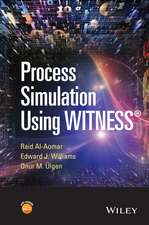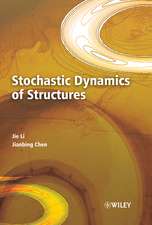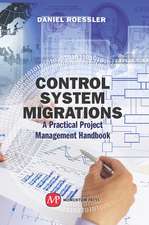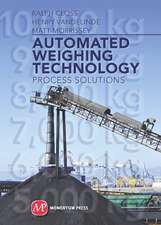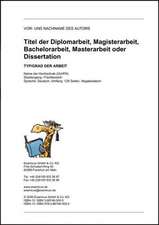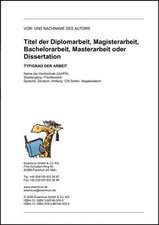Electric Powertrain: Energy Systems, Power Electronics and Drives for Hybrid, Electric and Fuel Cell Vehicles
Autor John G. Hayes, G. Abas Goodarzien Limba Engleză Hardback – 25 ian 2018
Preț: 612.11 lei
Preț vechi: 805.40 lei
-24% Nou
Puncte Express: 918
Preț estimativ în valută:
117.14€ • 121.55$ • 97.91£
117.14€ • 121.55$ • 97.91£
Carte disponibilă
Livrare economică 22 februarie-08 martie
Livrare express 11-15 februarie pentru 50.02 lei
Preluare comenzi: 021 569.72.76
Specificații
ISBN-13: 9781119063643
ISBN-10: 1119063647
Pagini: 560
Dimensiuni: 170 x 244 x 33 mm
Greutate: 1.08 kg
Editura: Wiley
Locul publicării:Chichester, United Kingdom
ISBN-10: 1119063647
Pagini: 560
Dimensiuni: 170 x 244 x 33 mm
Greutate: 1.08 kg
Editura: Wiley
Locul publicării:Chichester, United Kingdom
Public țintă
Primary: Practitioners and researchers in the electricity supply or electric vehicle industry including power electronics, power semiconductors & passive components. Secondary: Academic researchers, postgraduate and PhD students in power electronics, machines, drives and mechanical engineering.Notă biografică
John G. Hayes, PhD, MSEE, MBA, lectures at University College Cork, Ireland, and specialises in automotive, industrial and renewable energy systems and related power electronics, machines and electromagnetism. He previously worked in Southern California for ten years at General Motors' Hughes Aircraft subsidiary developing EV propulsion and inductive charging systems for the General Motors EV1, the first modern production EV. John's recent focus has been on the development of integrated and holistic EV teaching materials for the engineering student and the automotive professional. G. Abas Goodarzi, PhD, P.E., is the Chief Executive Officer and President of US Hybrid Corporation, Torrance, California, which he founded in 1999. He is also the President of US FuelCell, a company formed with the acquisition by US Hybrid of the United Technologies PEM fuel cell transportation division. He served as Senior Scientist at General Motors' Hughes Aircraft subsidiary, and as Technical Director for the General Motors EV1. He has designed various EV, HEV, and FCEV powertrain systems for light, medium, and heavy-duty, on-road, off-road, and special-purpose vehicles.


